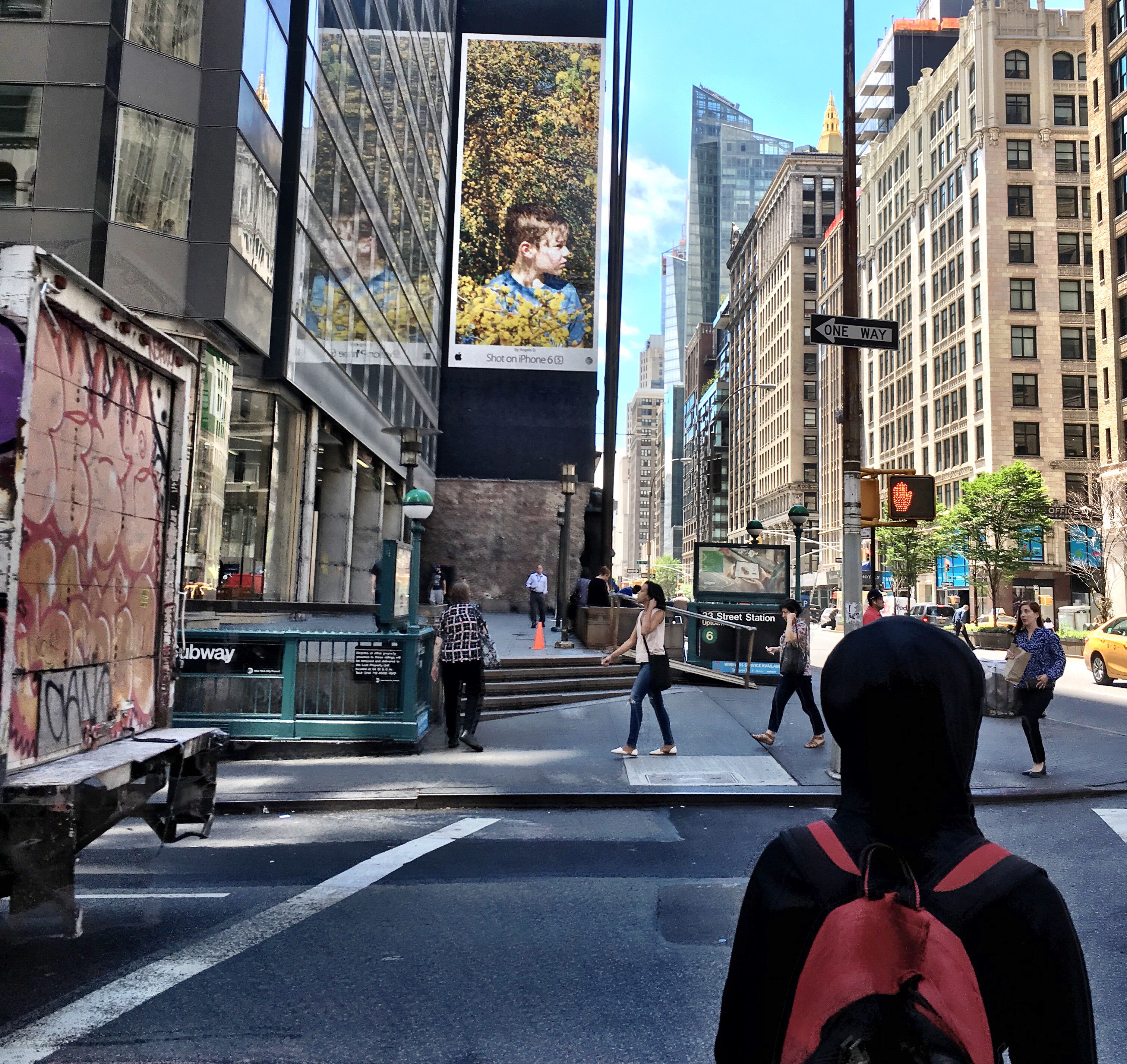
8 Lessons from the book “The Coddling of the American Mind”
Right now, American educational institutions are in the crossfire of heated protests related to the Israeli-Pakistani conflict. What lies in these protests is deep overzealousness rife with polarization, incivility, and a growing dissenting voice that threatens to unravel the fabric of American public discourse. What’s happening to American society?

The book “The Coddling of the American Mind” by Greg Lukianoff and Jonathan Haidt offers many thought-provoking explorations into the rise of what they termed “safetyism.”‘ In this blog, we uncover the ideas of this compelling book, revealing the unforeseen repercussions of a culture steeped in protectionism and the call to reclaim the lost art of intellectual resilience.
Here are 8 essential ideas from the book that will help us understand what we can learn from what is one of the most critical books explaining the current state of American society.
1. The Three Great Untruths

According to Lukianoff and Haidt, three widespread and harmful beliefs plague American minds. They are as follows:
a. “What Doesn’t Kill You Make You Weaker”
If you constantly avoid adversity and hide in “safe spaces,” you are slowly dying. It would be best if you lived life continuously by getting blisters and battle wounds because that’s how life teaches you lessons that will make you resilient and better. When we avoid discomfort, we deprive ourselves of growth. If you always take the easy route, life will get harder and harder. If you learn to face the challenges and suffering head-on, life opens up and becomes more effortless.
b. “Always Trust Your Feelings”
Your feelings aren’t the source of truth. Watch out for someone who says: “trust your feelings or instincts” — because they rob you of rational and critical thinking. Your emotions are NOT reliable guides. You have biases, may feel different in certain situations, and can be easily influenced. You must balance feelings with critical thinking — that includes questioning your own core beliefs, your feelings be damned!
c. “Life Is A Battle Between Good and Evil People”
A “good” person can have evil intentions. An “evil” person can sometimes do good deeds. Not everything is black and white. We only categorize between two binary because it makes it simple, and we don’t have to think about it. We demonize someone as “bad” so that we can call ourselves “good” when we judge them and punish them. There are nuances in our understanding of morality and human behavior. In actuality, all of us have good and evil. Therefore, we must judge with humility.
2. The Rise of Safetyism
In the book The Coddling of the American Mind, Lukianoff and Haidt describe “safetyism” as prioritizing emotional safety to shield from emotional discomfort and, therefore, challenges. The concept has become a trend in today’s society, where we excessively pursue the protection of individuals, especially children, from potential harm or discomfort, especially emotional and psychological.
We limit the cause of emotional distress, which in turn limits free speech or academic freedom in today’s youths. There is a heavy emphasis on emotional safety with grave consequences, which include limiting free speech, further fostering the culture of “fragility,” and, most importantly, inhibiting intellectual growth.
This trend includes the following:
-
- Overprotective parenting occurs when parents and caregivers shield children too much from harm or distress while inadvertently instilling a sense of fear of risk-taking, failure, and a fragile mindset.
-
- Cultural shifts: increasing individual rights and protectionism, which contribute to prioritizing emotional safety and exposure to distress or discomfort, which often includes ideas and others’ opinions.
-
- Social Media and Digital Culture: the pervasive influence of social media and digital culture where feelings of depression, anxiety, and social isolation are prevalent among youths, in addition to the culture of fragility and emotional protectionism.
- Social Media and Digital Culture: the pervasive influence of social media and digital culture where feelings of depression, anxiety, and social isolation are prevalent among youths, in addition to the culture of fragility and emotional protectionism.
3. Victimhood Culture
The book opens the discussion to how today’s society glorifies the rise of victimhood – an idea that’s currently expressed in today’s higher education, where college campuses encourage students to view themselves as victims of either their past or ideas. Instead of questioning these ideas, most students revel in the culture and discourage the idea of resilience amidst the struggle, thereby promoting a sense of helplessness.
4. Microaggressions and Trigger Warnings
Lukianoff and Haidt further explore the concept of microaggressions and trigger warnings, which are prevalent in today’s public discourse. Although these concepts are well-intentioned, they can also cultivate some detrimental effects that are practiced throughout our lives. As Abraham Maslow wrote in 1966: “If the only tool you have is a hammer, it is tempting to treat everything as if it were a nail.”
The book further explores how microaggression and trigger warnings have been propagated in our education and also how detrimental these ideas could be, especially on young students in their formative years, furthering the effects of mental health issues and stifling open discourse and critical thinking.
5. The Role of Social Media:

The book also dives into the role of social media in worsening the problem. Today’s youths suffer from feelings of anxiety, depression, and social isolation as most of their time is spent on their electronic devices. Today’s young children live on the internet in social media, where they develop constant validation-seeking behavior that is highly encouraged on social media platforms. This “like-and-subscribe” culture contributes to today’s culture of fragility.
Social media has also contributed to the “bubble filter effect” in which we only seek the confirmation bias of our own ideas and further polarizing ideas that contradict our own. This negatively affects us as we think the world agrees with our ideas and anyone else who doesn’t is ‘filtered out’ anyway therefore we don’t have to think about it at all.
6. The Decline of Free Speech on Campus
The book discusses the heavy erosion of free speech on today’s college campuses, as controversial ideas contrary to popular views are often silenced or met with hostility. Rather than encouraging the culture of civil discourse, we are frequently plagued by bullying and passionate aggressive behaviors instead of a civil debate.
These destructive behaviors are often encouraged in higher education, which exacerbates the polarisation that these two ideas are opposite, that one is good while the other is evil. There needs to be more fostering critical thinking to imbue the sense that these complicated topics have deep nuances. The effect is that most students with opposite views are shut out and often afraid to share their opinions for fear of being a pariah.
7. The Importance of Exposure to Risk and Challenge:
Lukianoff and Haidt emphasize the importance of exposure to risk and challenge as a healthy cognitive and emotional development, especially for youths in their formative years. The book argues that individuals need all forms of discomfort, including ideas contrary to their own, and depriving them of the opportunity to be challenged robs them of their growth and the development to become resilient.
The book offers some solutions to encourage individuals to confront challenges and adversity rather than being shielded from them whenever they feel discomfort, as this can foster resilience and emotional growth.
8. Building Resilience and Antifragility
Lukianoff and Haidt propose many strategies for building resilience and antifragility. They advocate for promoting intellectual diversity in education and social media, encouraging open dialogue, and fostering a culture that values personal responsibility, critical thinking, and resilience.
Higher education must encourage open dialogue and intellectual diversity to help develop critical thinking and constructive engagement with people with differing viewpoints.
We also need further education on cognitive distortions to help teach individuals about common cognitive distortions, including
-
- Catastrophizing – focusing on the worst possible outcome of every scenario as the most likely outcome.
-
- Mind reading – assuming that you know what people are thinking without having sufficient evidence of their thinking.
-
- Others include dichotomous thinking, labeling, negative filtering, discounting positives, overgeneralizing, and blaming.
We must cultivate empathy and understanding by encouraging empathy toward others, including their viewpoints. We need to promote a culture of compassion and mutual respect.



